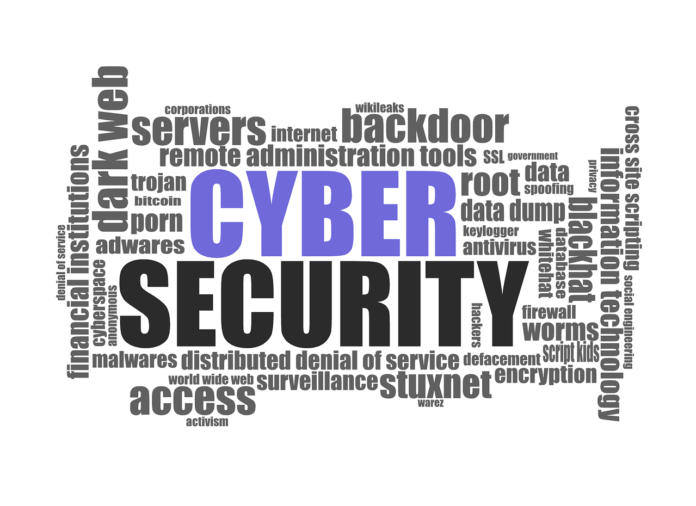CYBER CRIMINALS will become more sophisticated next year – creating a wave of new threats for businesses, a leading expert has warned.
Roy Shelton, the CEO of the Connectus Group, said “businesses of all sizes” need to take steps to boost their defences.
Mr Shelton said: “As attacks become more sophisticated, organisations need to evolve their approach to security to stay ahead of the game.”
Outlining the biggest threats which are set to emerge are predicted to include, Mr Shelton, said:
- A rise of AI-directed cyberattacks: Artificial intelligence and machine learning have dominated the conversation in cybersecurity. Next year will see more threat actors adopt AI to accelerate and expand every aspect of their toolkit. Whether that is for more cost-efficient rapid development of new malware and ransomware variants or using deepfake technologies to take phishing and impersonation attacks to the next level.
- Impact of regulation: There have been significant steps in Europe and the US in regulating the use of AI. As these plans develop, we will see changes in the way these technologies are used, both for offensive and defensive activities.
- Hackers will Target the Cloud to Access AI Resources. As the popularity of generative AI continues to soar, the cost of running these massive models is rapidly increasing, potentially reaching tens of millions of dollars. Hackers will see cloud-based AI resources as a lucrative opportunity. They will focus their efforts on establishing GPU farms in the cloud to fund their AI activities.
- Supply chain and critical infrastructure attacks: The increase in cyberattacks on critical infrastructure, particularly those with nation-state involvement, will lead to a shift towards “zero trust” models that require verification from anyone attempting to connect to a system, regardless of whether they are inside or outside the network. With governments introducing stricter cybersecurity regulations to protect personal information, it will be essential for organizations to stay ahead of these new legal frameworks.
- The staying power of cyber warfare: The Russo-Ukraine conflict was a significant milestone in the case of cyber warfare carried out by nation-state groups. Geo-political instability will continue into next year, and hacktivist activities will make up a larger proportion of cyberattacks.
- Deep fake technology advances: Deepfakes are often weaponised to create content that will sway opinions, alter stock prices or worse. These tools are readily available online, and threat actors will continue to use deepf fake social engineering attacks to gain permissions and access sensitive data.
- Phishing attacks will continue to plague businesses. Software will always be exploitable. However, it has become far easier for threat actors to “log in” instead of “break in”. Over the years, the industry has built up layers of defense to detect and prevent intrusion attempts against software exploits. With the relative success and ease of phishing campaigns, next year will bring more attacks that originate from credential theft and not vulnerability exploitation.
- Advanced phishing tactics: AI-enhanced phishing tactics might become more personalised and effective, making it even harder for individuals to identify malicious intent, leading to increased phishing-related breaches.
How to best mitigate the risks:
*Restricting what data can be accessed through software controls is important, as is what can be copied from business systems and saved on storage devices. Certain types of email attachments should also be restricted as they can spread malware, which would often include executable files with .exe extensions.
*Firewalls are another standard protection, as they act as gatekeepers between company systems and the internet. They act as a barrier to prevent the spread of malware and viruses, though it is important that physical firewall devices have their firmware updated regularly to be fully effective.
*Security software such as anti-virus, anti-malware and anti-spyware software should be deployed on corporate systems to prevent the spread of malicious programs. It is also crucial to keep software and devices updated to prevent hackers and criminals from exploiting bugs and vulnerabilities.
*Intrusion monitoring adds another important layer of security. Detection systems can send out email alerts to administrators if suspicious activity is spotted, allowing potential attacks to be stopped at an early stage.
*Good network security involves monitoring traffic and identifying potentially malicious traffic, enabling an organisation to block or filter connections to mitigate threats. Protection against denial-of-service (DoS) attacks against servers is also a consideration, as hackers can disrupt normal operations and cause website outages.
Security of IoT (Internet of Things) devices, sensors or machines that are designed for certain applications need consideration, as they are often insecure by design with simple default password. Security of cloud applications also need considering by, for example, detecting security misconfigurations.
Mr Shelton added: “Raising awareness among staff is another strategy to employ, to make sure that they understand the relevant policies and procedures and to make sure that they are provided with regular cyber-security training.
Some 3.4 billion phishing emails are sent annually and it can take just one careless click on a link in an email to allow hackers access to company systems if adequate protections are not in place.
Creating a secure cyber-security policy document will ensure that all users are aware of the risks but it can also specify how often IT teams conduct risk assessments and penetration testing. A disaster recovery plan can also ensure users know what to do in the event of a breach.”

| [donate]
| Help keep news FREE for our readersSupporting your local community newspaper/online news outlet is crucial now more than ever. If you believe in independent journalism,then consider making a valuable contribution by making a one-time or monthly donation. We operate in rural areas where providing unbiased news can be challenging. |



















